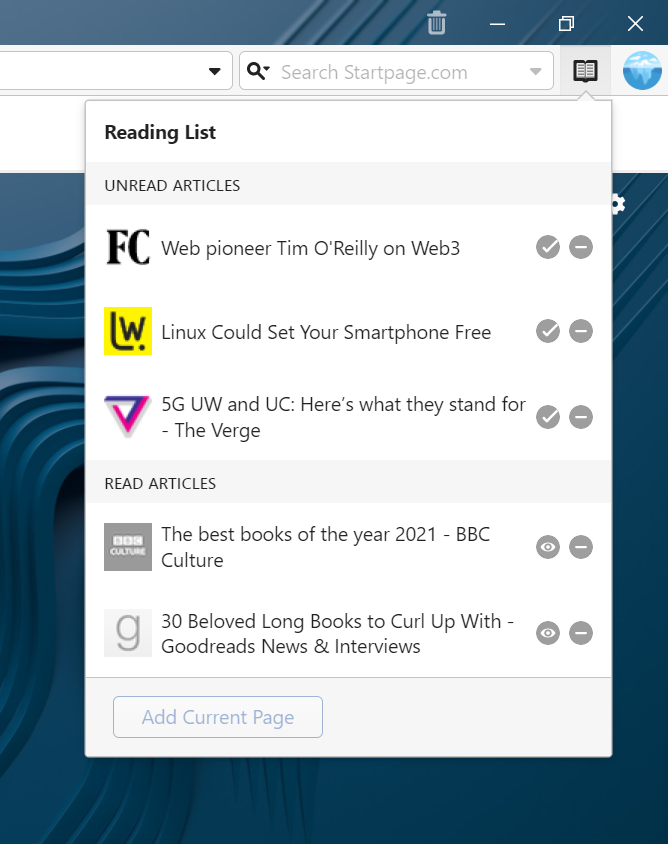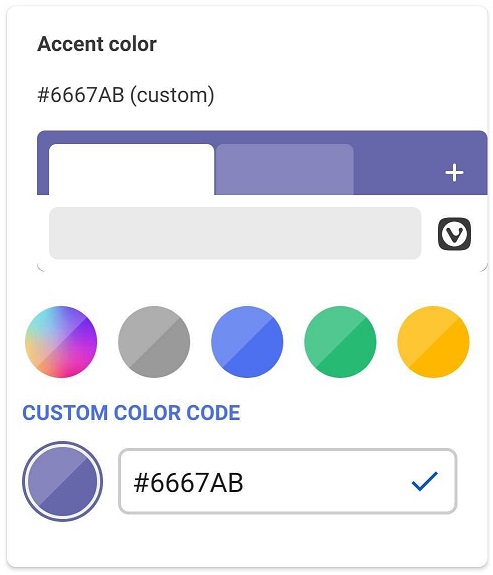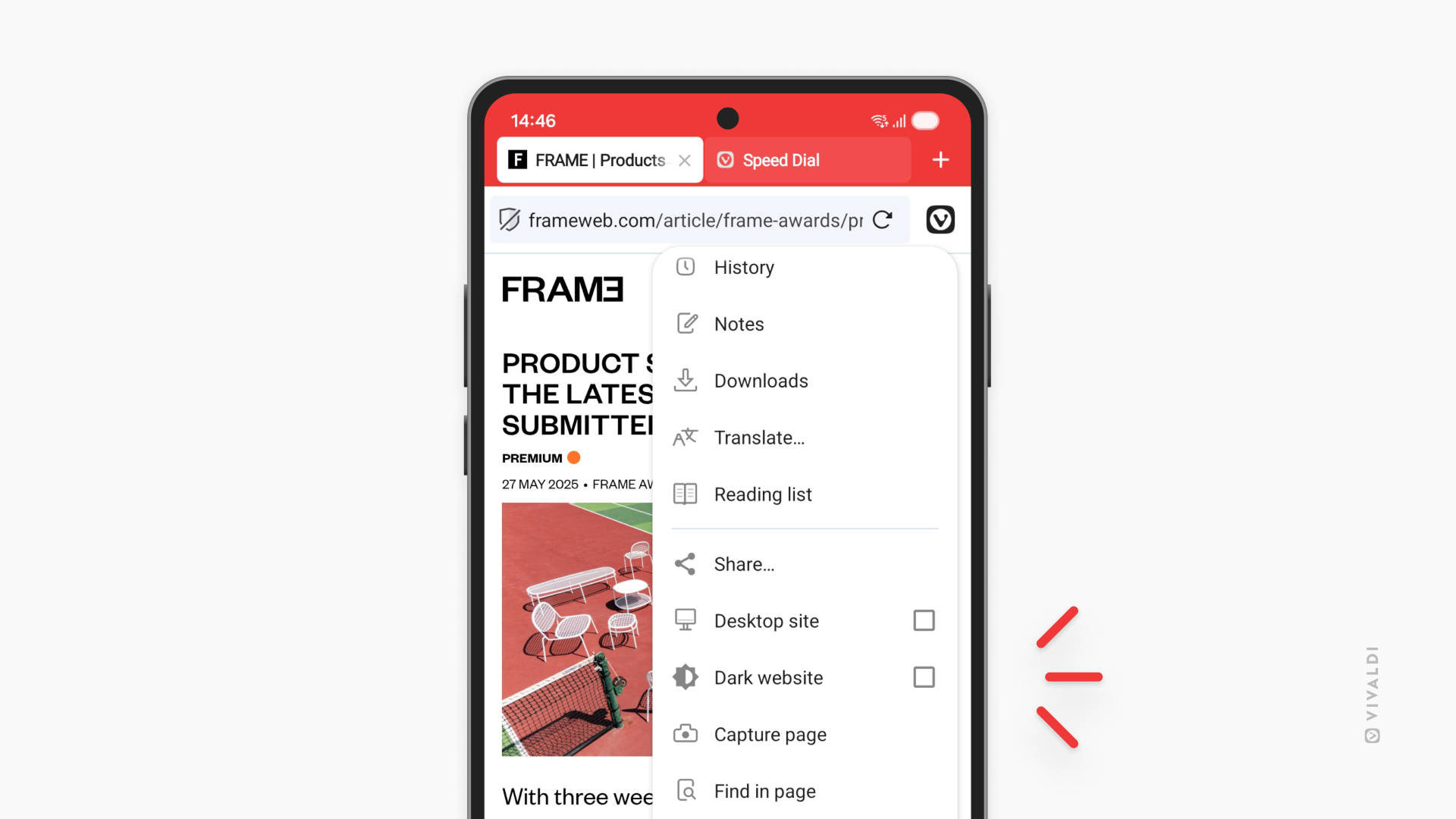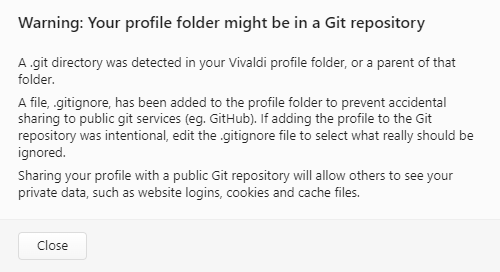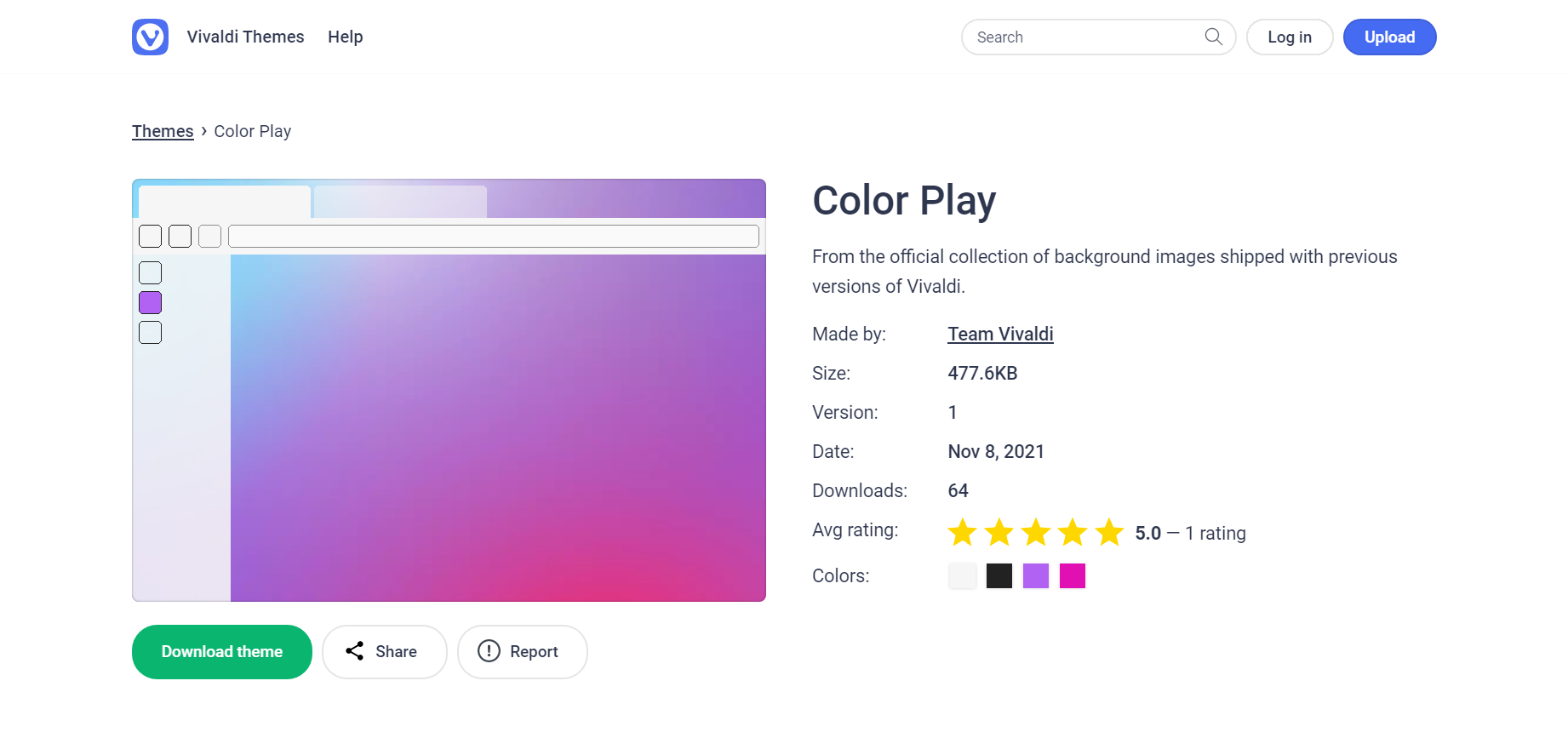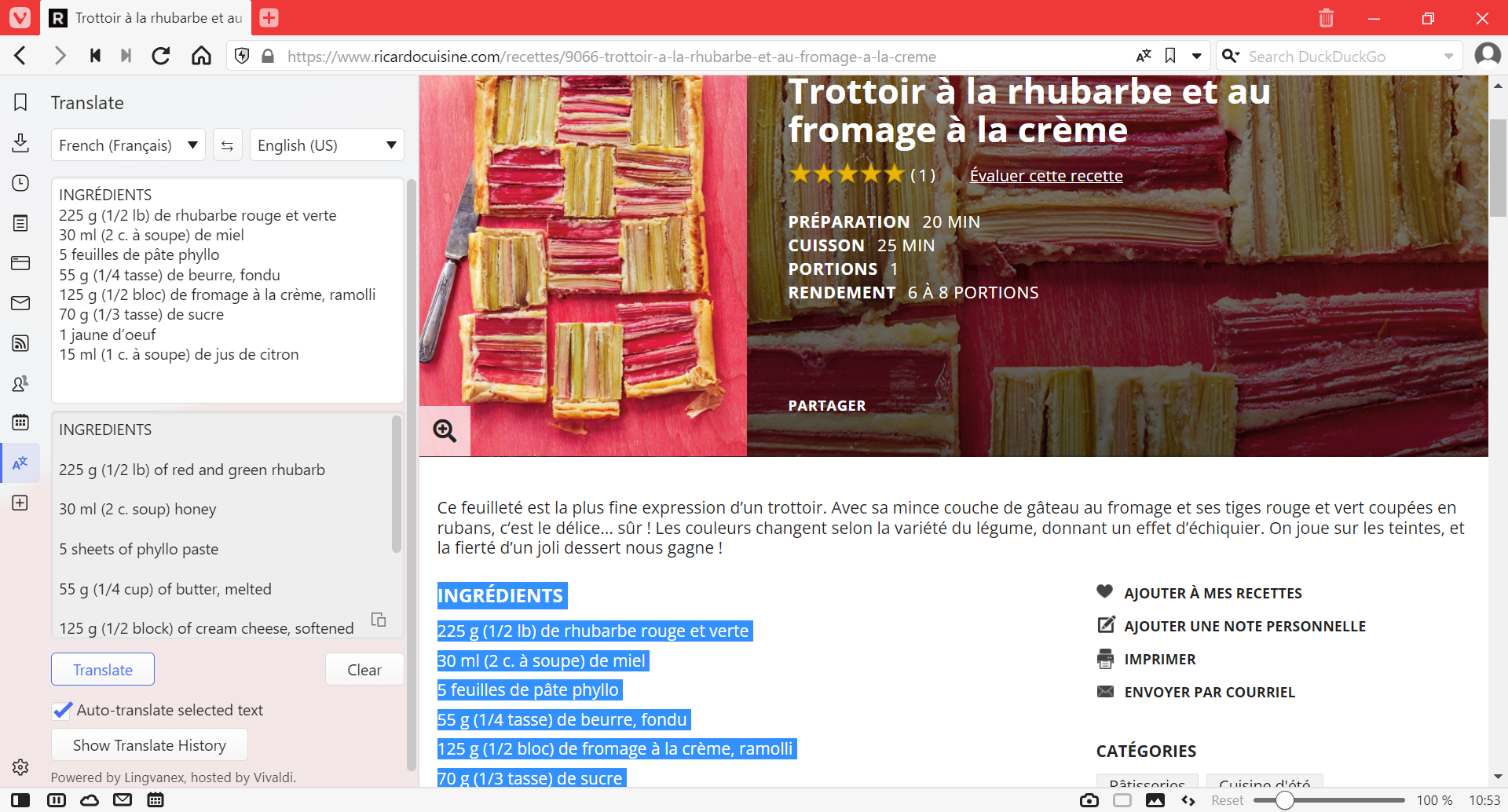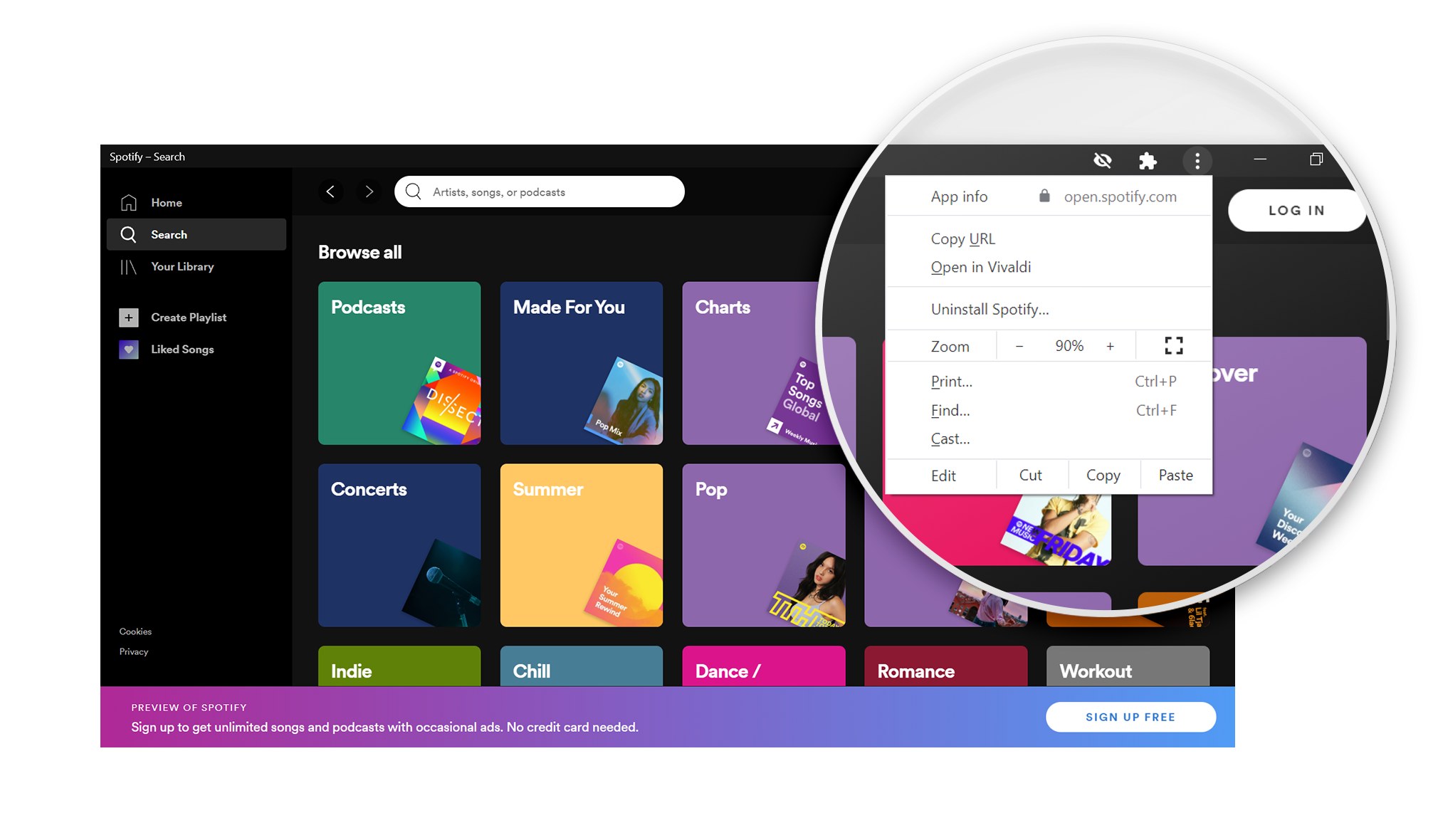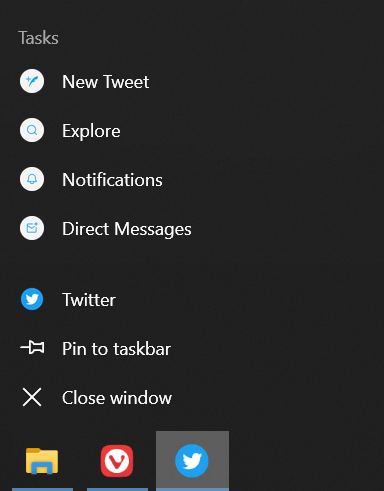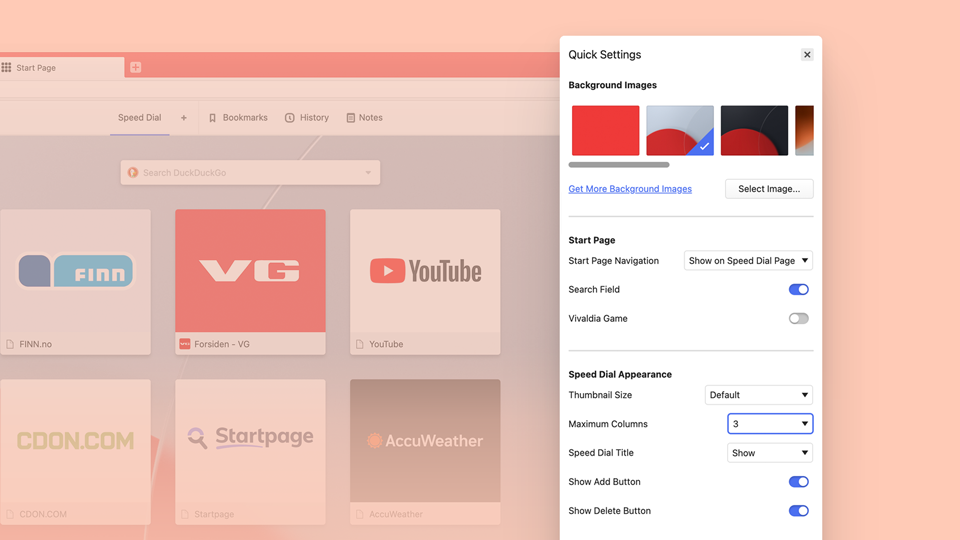Inactive accounts
We encourage people to actively log in and use Vivaldi services when they register an account. To keep your account active, be sure to log in at least once every 6 months. Accounts and their contents may be permanently removed due to prolonged inactivity.
Determining inactivity
Inactivity is based on a combination of participating in community activities on Vivaldi Social, Forum, Blogs, Themes, using the browser’s Sync feature or webmail. Therefore, unconfirmed or mass-produced accounts without virtual practice in any of these community activities are also subject to permanent removal at any time. Please note that you may not be able to tell whether an account is currently inactive, as not all signs of account activity are publicly visible.
Keeping the account active
To keep your account active, log in to your Vivaldi account at least once every 6 months. A login to any of the following counts:
- Sync on desktop or Android,
- Webmail,
- Forum,
- Vivaldi Social,
- Blog,
- Themes,
- Accessing the account via mail and calendar clients, such as Vivaldi Mail and Vivaldi Calendar.
Email reminders
When an account is regarded as inactive and is in danger of deletion, we’ll send three warning emails to the account’s recovery email. With a couple of weeks between each email, you will have plenty of time to log in to your account. After the date given in the 3rd email, the account with all its data will be deleted.
That’s one of many reasons, why it’s important to keep the account’s recovery email up to date. You can review the recovery email and, if needed, update it on your account’s profile on Vivaldi.net. For detailed instructions, take a look at our Help page about updating Vivaldi account information.
Deleting inactive accounts
When the owner of the inactive account doesn’t log in before the given deadline the account and all its data will be permanently deleted.
For security reasons, we don’t recycle usernames, so the username will be lost too and a new account needs to be created with a different username. The recovery email that was linked to the account will become available again.
Restoring an inactive account
Once the account and data have been deleted, there is no way to recover neither the account nor the data. To use Vivaldi services, please create another account with a new username.

 Show the Reading List on the
Show the Reading List on the 